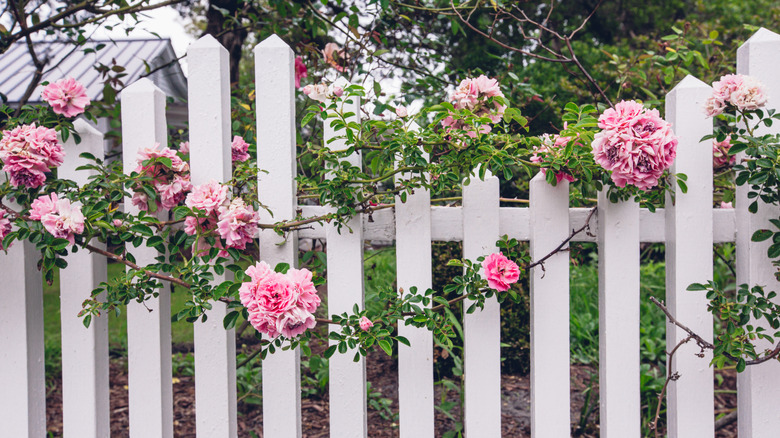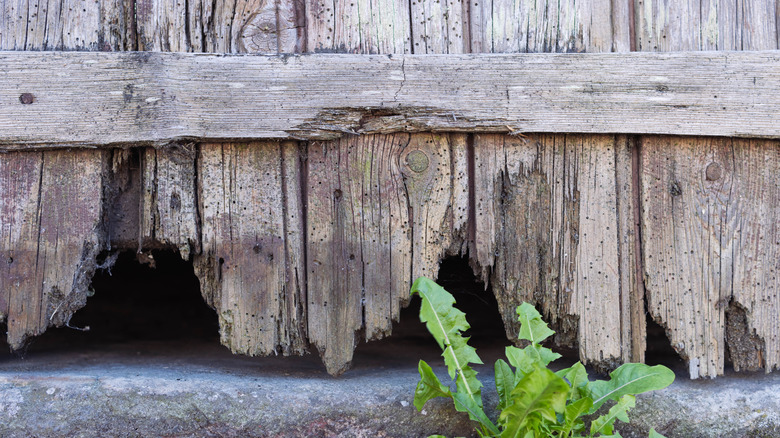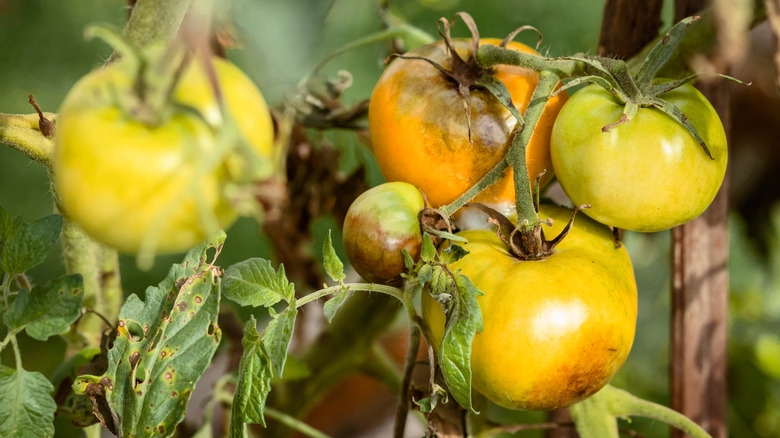Downsides You Should Know About Before Building A Fence Around Your Garden
Installing a fence might seem like an easy solution for adding privacy or keeping pests out of your garden, but there are some important downsides to consider before diving in. Unlike natural barriers such as shrubs, fences can quickly mess with your garden's natural ecosystem. Before you invest your time and money into building a fence, it's worth looking at all the challenges that may come with it.
Besides the cost and installation, fences can actually work against your garden's health in unexpected ways. The moisture, temperature, and atmosphere that surrounds your soil is called the microclimate, and fencing can alter that microclimate in many ways. It can block airflow, which some plants rely on, as well as cast shadows during the day, which could disrupt vegetables or flowers from getting the sun they need. This can also mess with the natural temperature and humidity of your garden. Despite keeping pests away, a fence might also stop beneficial wildlife from coming into your outdoor space.
The hidden costs and maintenance of garden fences
Of course, the initial up-front costs of a fence are obvious, but you can't underestimate the long-term maintenance that will be required. Wood fences need maintenance throughout the year to keep them pristine, including regular staining or sealing to prevent rot and insect damage. Even metal fences aren't immune to wear. Harsh weather can cause rust or chipping, requiring repair. For vinyl fencing, sun exposure over time can make it brittle and prone to cracking.
Cleaning is another chore to add, unlike natural hedges that cycle through the seasons, fences collect dirt and mildew which require a good scrubbing or pressure washing. Repair issues can take you by surprise as well. A single damaged panel may seem like a minor inconvenience, but matching older materials can quickly become a headache. Certain areas also have restrictions on fence building so you'll need to look up your local regulations before getting started. When compared to natural alternatives like shrubs or hedges, the long-term maintenance and costs of fencing might not be worth your trouble.
How fences could impact your garden ecosystem
Beyond the cost and maintenance, fences might also be harming your garden's health. Shade from fences could cast shadows, creating a cooler microclimate in your garden, which keeps the soil wetter longer. This encourages fungal disease in sun-loving plants and could stunt the growth of vegetables like tomatoes. The reduced airflow just adds to this problem by increasing the humidity, which may make plants more susceptible to blight.
Aesthetics should also be a concern when thinking about garden fencing. Fences age differently from a natural alternative. While hedges can grow fuller over time, fences will show wear through fading, leaning, or moss growth. You could always plant vines near your fence line to help mask these changes and give a naturalistic vibe, but that does defeat the purpose of the original low-maintenance appeal.
If you do go for fencing though, consider all the options. Choosing a lattice design on top can reduce the shadow and help bring back the much-needed sun to your garden plants. You could also build a living fence to attract birds and pollinators, or pick a fence design with gaps at the bottom that helps positive wildlife enter your garden, like frogs or hedgehogs.


